When it comes to enhancing your biking experience, every component of your bicycle plays a crucial role, and one of the unsung heroes of bike performance is the hub. Positioned at the center of your wheels, hubs are pivotal in determining how smooth, fast, and stable your ride will be.
The Role of Bicycle Hubs
Hubs serve as the attachment point for your bike's wheels to the frame, facilitating the wheel's rotation around the axle. The design and quality of a hub can significantly influence your bike's performance, affecting speed, stability, and comfort. A well-designed hub ensures minimal friction, allowing for efficient transfer of energy from your legs to the wheels, propelling you forward with ease.
Materials and Durability
One of the key aspects of a hub's design is the material used in its construction. Trifox Bike offers hubs made from durable aluminum, known for its lightweight and resilient properties. This ensures that the hubs can withstand the rigors of regular use while contributing to a lighter overall bike weight, which is advantageous for speed and maneuverability.
Types of Hubs
At Trifox, you can find a variety of hub designs tailored to different biking needs. For instance, the M821 Boost and M827 are standout models that cater to diverse requirements. The M821 Boost hub, with its wider stance, provides increased stability and is ideal for mountain biking where rugged terrain demands extra support. On the other hand, the M827 is designed for road bikes, focusing on delivering speed and smoothness on paved surfaces.
Impact on Speed and Stability
The design of a hub can directly impact your bike's speed. Hubs like the M827, designed for road use, are optimized for reduced friction and efficient energy transfer, allowing cyclists to maintain higher speeds with less effort. Conversely, hubs made for off-road use, like the M821 Boost, prioritize stability to handle uneven terrains effectively.
Stability is equally critical, especially when navigating tricky paths or making sharp turns. A hub with a wider design, such as the Boost, offers enhanced lateral stability, reducing the risk of wobbling or losing control, thus providing a safer ride.
Comfort and Compatibility
Comfort during rides is often a byproduct of the right hub design. A smooth, frictionless ride reduces the strain on the cyclist, allowing for longer and more enjoyable rides. Trifox Bike's hubs are compatible with most standard bicycles, making them an easy upgrade for cyclists looking to enhance their ride without having to invest in a new bike.
Choosing the Right Hub
Selecting the appropriate hub is crucial for tailoring the biking experience to your specific needs. Whether you're an avid mountain biker requiring maximum stability or a road cyclist seeking speed, the right hub can transform your ride. Trifox Bike offers a range of options, ensuring that every cyclist can find a hub that fits their style and enhances their biking experience.

In summary, while often overlooked, the hub is a critical component that can dramatically affect your ride. By understanding the various designs and materials, such as those offered by Trifox Bike, cyclists can make informed choices to improve their bike's performance and enjoy their rides to the fullest.
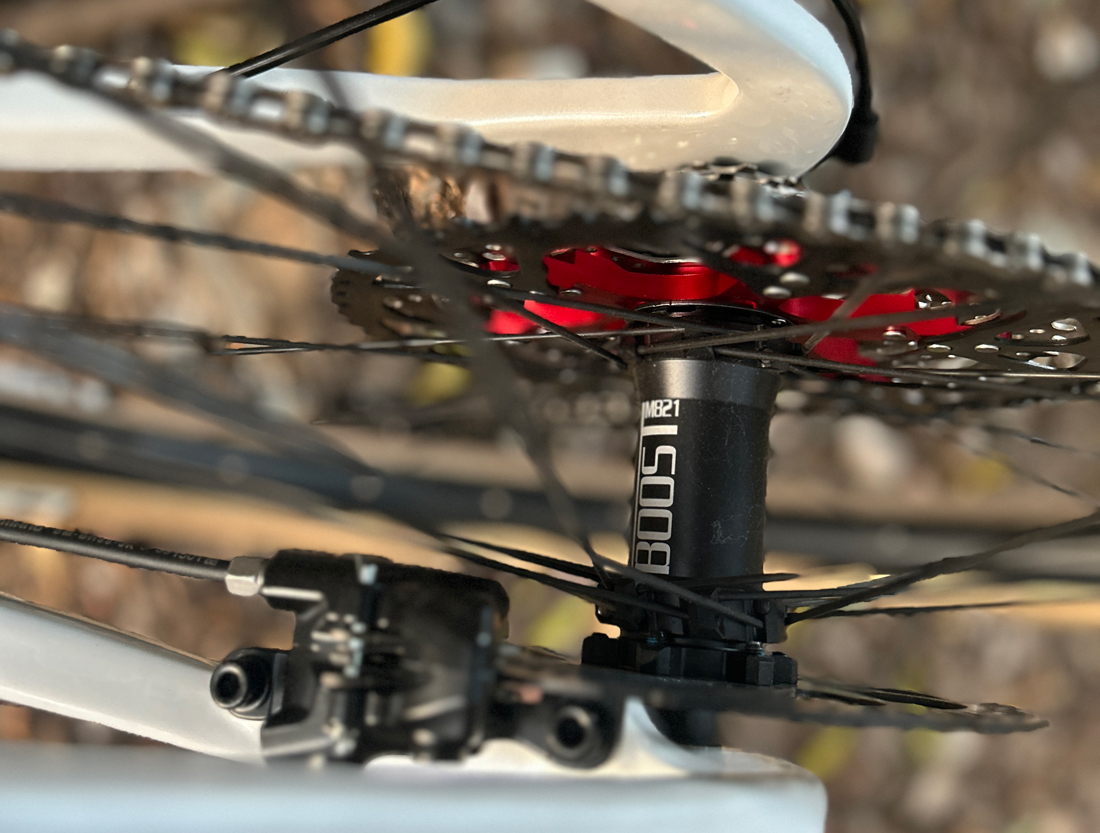
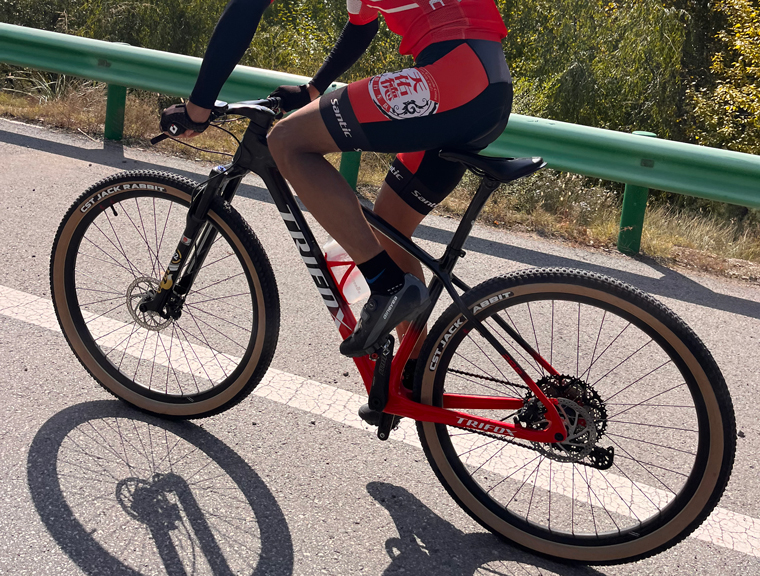
When it comes to cycling, the wheels of your bike are not just a functional component; they are crucial to enhancing your overall riding experience. Whether you are a road cyclist or prefer the rugged paths of mountain biking, choosing the right wheels can significantly impact your performance and enjoyment. But what exactly makes a cycling wheel truly stand out?
Material Matters: The Case for Carbon Fiber
One of the most distinguishing features of top-tier cycling wheels is the material they are made from. In recent years, carbon fiber has emerged as a leading choice for serious cyclists. This material is renowned for its exceptional strength-to-weight ratio, providing durability without the added bulk. Trifox's carbon road and mountain bike wheels exemplify these advantages, offering lightweight options that enhance speed and agility. The reduced weight of carbon wheels means less energy expenditure, allowing cyclists to ride longer and faster with greater ease.
Design: Where Innovation Meets Functionality
Beyond the material, the design of a wheel plays a pivotal role in its performance. High-quality wheels are engineered to optimize aerodynamics, stability, and handling. Trifox's wheels, for instance, are crafted with precision to minimize drag and enhance control, especially at high speeds or in challenging terrains. Features such as deeper rim profiles and strategically positioned spokes contribute to improved aerodynamics and increased rigidity, ensuring that every pedal stroke is efficiently converted into forward motion.
Performance: The Ultimate Benchmark
Ultimately, what sets a cycling wheel apart is its performance on the road or trail. A superior wheel will offer a smooth, responsive ride, capable of handling various conditions effortlessly. Trifox wheels are designed to deliver just that. With options like their carbon road bike wheels WT11 or the mountain bike wheels WM823, cyclists can experience enhanced traction, stability, and speed. The performance of these wheels is not only a testament to their quality but also to the meticulous engineering that goes into their design.
The Trifox Advantage: Explore the Possibilities
For riders looking to elevate their cycling experience, Trifox offers a diverse selection of wheels that cater to both road and mountain biking enthusiasts. Their commitment to quality and innovation ensures that cyclists of all levels can find a wheelset that meets their specific needs and preferences. Whether you're aiming to shave seconds off your race time or simply enjoy a more comfortable ride, the right wheels can make all the difference.
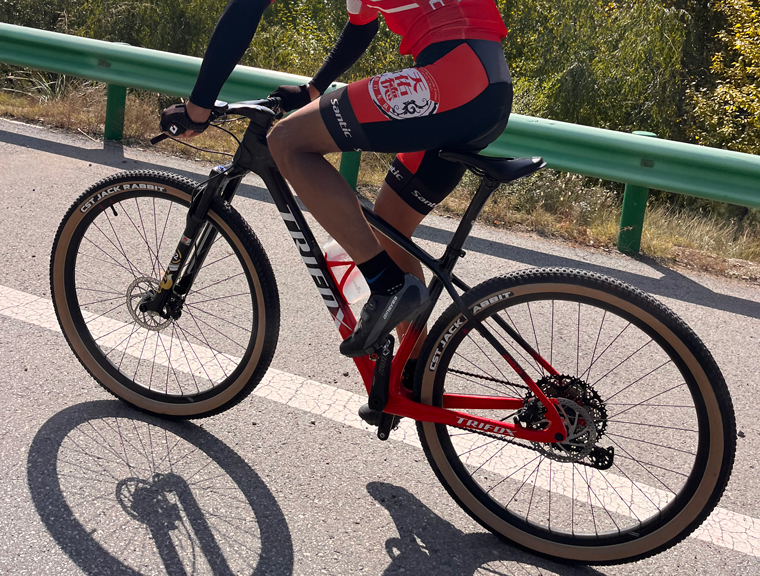
In conclusion, a cycling wheel stands out not just by its appearance but through its material quality, innovative design, and outstanding performance. Trifox exemplifies these attributes with their range of carbon fiber wheels, providing cyclists with the tools they need to reach their full potential. To discover how these wheels can transform your ride, explore Trifox's comprehensive wheel selection today and take the first step towards a superior cycling experience.
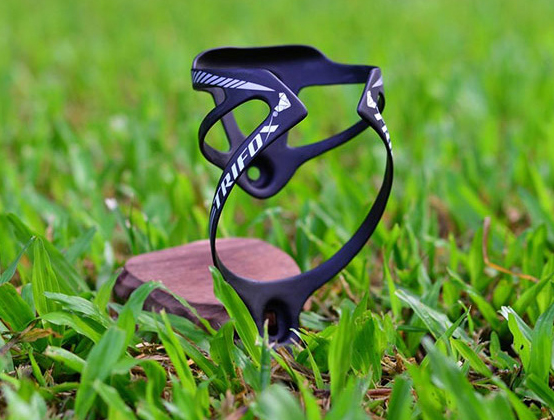
Finding the best way to store your bike efficiently can make a significant difference in preserving its condition and maximizing your space. Whether you're an avid cyclist with multiple bikes or just need a solution for your daily commuter, choosing the right adjustable bike holder is essential.
1. Assess Your Space
Before purchasing an adjustable bike holder, evaluate the space where you plan to store your bike. Consider the following:
- Available Space: Measure the area to ensure the bike holder fits comfortably. Wall-mounted options are great for tight spaces, while freestanding holders work well in garages or basements.
- Ceiling Height: If you are considering a vertical or hoist-style holder, ensure your ceiling height accommodates the bike's dimensions when lifted.
2. Determine Your Bike Type and Weight
Different bike holders are designed to support various types of bikes, such as road bikes, mountain bikes, or e-bikes:
- Weight Capacity: Check the weight rating of the holder to ensure it can support your bike. For example, e-bikes are generally heavier and may require a sturdier holder.
- Frame Compatibility: Some holders are designed specifically for certain frame shapes. Ensure the holder is compatible with your bike’s frame design.
3. Prioritize Adjustability and Flexibility
An adjustable bike holder offers versatility, allowing you to customize the storage solution to your specific needs:
- Height and Angle Adjustments: Look for holders that allow you to adjust the height and angle to accommodate different bike sizes and storage preferences.
- Multiple Bikes:If you have more than one bike, a holder that allows for storing multiple bikes can save space and keep your collection organized.
4. Evaluate Durability and Build Quality
Investing in a high-quality bike holder ensures longevity and reliability:
- Materials: Opt for holders made from robust materials such as steel or high-grade aluminum. Trifox Bike emphasizes durability in their product offerings, ensuring their holders withstand regular use.
- Finish and Coating: A protective coating can prevent rust and wear, especially if the holder will be used in humid areas like basements or garages.
5. Consider Ease of Installation and Use
A bike holder should be easy to install and use, allowing for quick access to your bike:
- Installation Requirements: Some holders require tools for installation, while others might be mounted with simple hardware. Choose one that fits your comfort level with DIY projects.
- Ease of Use: Features like quick-release mechanisms or cleverly designed clamps can make it easier to secure and remove your bike.
6. Explore Trifox Bike’s Offerings
When looking for high-quality and durable bike holders, consider Trifox Bike's range of products. Known for their commitment to quality, they provide solutions that are both functional and aesthetically pleasing. Although their current focus is on carbon components like water bottle cages, the same attention to detail can be expected in any storage solutions they offer.
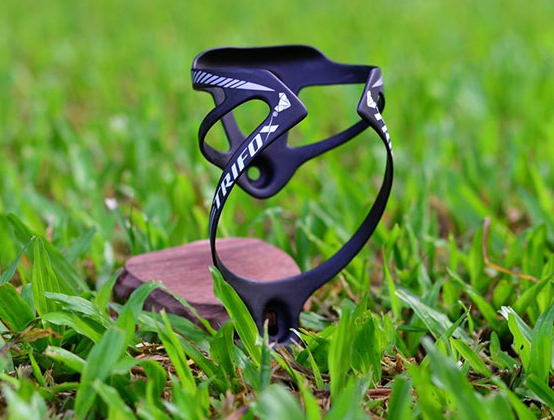
Selecting the best adjustable bike holder involves considering space, bike type, adjustability, durability, and ease of use. By taking these factors into account, you can ensure your bike is stored safely and conveniently, ready for your next ride. Investing in a quality bike holder not only protects your bike but also enhances the organization of your space. With the right holder, storing your bike becomes a simple and efficient task, allowing you to focus more on enjoying the ride.
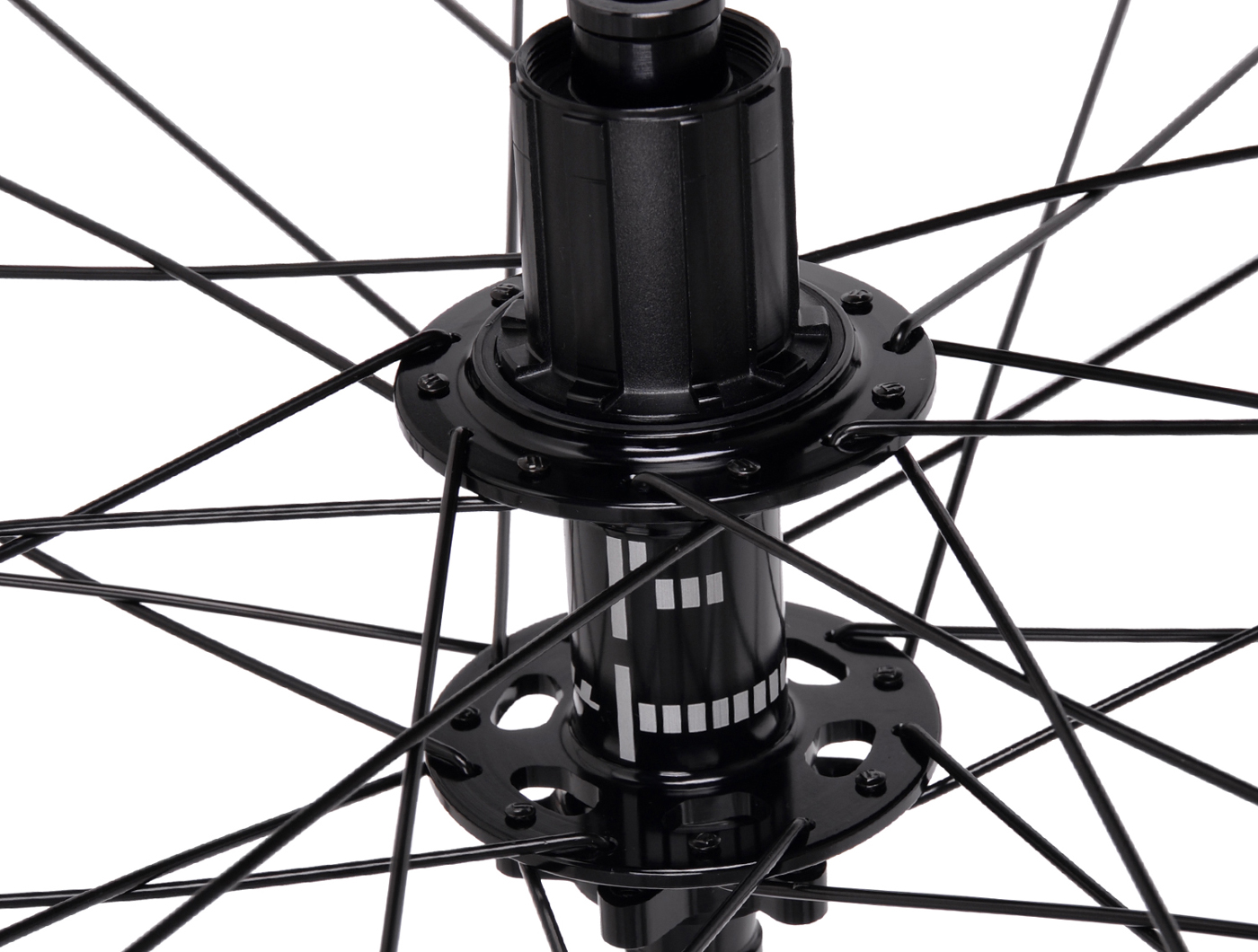
Choosing the right alloy 700c bicycle wheels can make a substantial difference in your cycling performance and experience. Whether you're a daily commuter, a weekend warrior, or a competitive cyclist, selecting the right wheels involves considering several key factors, including weight, durability, and cost.
Choosing Alloy 700c Bicycle Wheels
1. Consider Your Cycling Needs
- Commuting: If you're using your bike primarily for commuting, consider wheels that are durable and can withstand rougher terrains. Alloy wheels are a great choice as they offer a balance between strength and weight, making them ideal for everyday use.
- Racing: For competitive cycling, weight becomes a critical factor. Lighter wheels contribute to faster acceleration and improved climbing ability. Alloy wheels like the AWT7 from Trifox, which offer a blend of lightness and performance at a reduced cost, could be an ideal option.
- Touring: For long-distance touring, durability and comfort take precedence. Look for wheels that offer a comfortable ride and can endure long periods of cycling without wear. Alloy wheels with a robust build and good shock absorption properties will serve you well.
2. Evaluate Weight and Durability
- Weight: Alloy wheels are generally lighter than their steel counterparts but heavier than carbon wheels. However, they provide an excellent middle ground, offering the advantages of lightweight construction while maintaining a lower price point compared to carbon wheels.
- Durability: Alloy is known for its resilience. When choosing wheels, ensure they can handle the types of roads and conditions you usually encounter. Products like Trifox's Alloy Road Bike Wheels AWT18 are designed to offer a good balance between weight and durability, making them a reliable choice for various cycling activities.
3. Assess Cost and Value
- Budget: Alloy wheels are available at various price points, making them accessible for different budgets. Trifox offers competitive pricing on their wheels, with significant discounts and free shipping for orders over $50, enhancing value without compromising quality.
- Value: Look for wheels that provide excellent value through features like enhanced aerodynamics, quality materials, and good customer service. Trifox, for example, offers 24/7 live chat support, ensuring that you have assistance whenever needed.
Maintaining Your Alloy 700c Bicycle Wheels
Proper maintenance is crucial to ensure the longevity and performance of your alloy wheels. Here are some essential tips:
1. Regular Cleaning
- Clean your wheels regularly to remove dirt, grime, and brake dust that can wear down the rims. Use mild soap and water, and avoid harsh chemicals that can damage the alloy.
2. Inspect for Damage
- Regularly inspect your wheels for signs of damage such as cracks or dents, which can compromise safety. Pay special attention to the rims and spokes, especially after long rides or rough terrain.
3. Check Spoke Tension
- Ensure that the spokes are evenly tensioned to maintain wheel integrity. Uneven tension can lead to wheel wobble and reduce performance. If you're unsure, consulting a professional for spoke adjustments can be beneficial.
4. Monitor Tire Pressure
- Keeping your tires at the recommended pressure reduces stress on the wheels and enhances performance. Under-inflation can lead to pinch flats, while over-inflation can cause the tire to blow off the rim.
5. Store Properly
- When not in use, store your bike in a dry place away from extreme temperature changes, which can affect the integrity of alloy materials.

By carefully choosing and diligently maintaining your alloy 700c bicycle wheels, you'll enjoy a smoother, more efficient ride. Brands like Trifox offer quality options that cater to different needs, ensuring you find the perfect fit for your cycling adventures. With the right approach, your wheels can provide reliable performance for many miles to come.

Disc brake wheels are a crucial component of modern bicycles, offering enhanced stopping power and control, especially in diverse weather conditions. With advancements in materials and design, upgrading to high-quality disc brake wheels can significantly improve your cycling experience.
Benefits of Carbon Bicycle Wheels
Carbon bicycle wheels, such as those offered by Trifox Bike, are popular for several reasons:
1. Lightweight: Carbon wheels are significantly lighter than their alloy counterparts, which can improve acceleration and climbing efficiency.
2. Aerodynamic: The sleek design of carbon wheels can reduce drag, making them ideal for road cycling.
3. Durability: High-quality carbon wheels offer excellent strength-to-weight ratios, providing durability without compromising on weight.
4. Responsive Handling: The stiffness of carbon wheels provides precise handling, which is especially beneficial for competitive cyclists.
Types of Wheels
Trifox Bike offers a variety of wheel types to suit different cycling needs:
1. Carbon Road Wheels: Ideal for road racing and long-distance cycling. These wheels offer aerodynamic benefits and are exceptionally lightweight.
2. Alloy Road Wheels: A more affordable option, providing a good balance between performance and cost.
3. Alloy Mountain Wheels: Designed to handle rough terrains, these wheels are robust and offer great traction.
Installation Process
Tools Needed:
Torque wrench;Allen keys;Tire levers;Pump
Steps:
1. Remove the Old Wheels: Loosen the axle nuts or quick-release skewer and carefully remove the existing wheels from the frame.
2. Install the Disc Brake Rotors: Attach the disc brake rotors to the new wheels using the appropriate screws and a torque wrench. Ensure the rotors are aligned correctly.
3. Fit the New Wheels: Slide the wheel into the fork or frame dropouts. Secure the axle nuts or quick-release skewer, ensuring they are tight but not overtightened.
4. Attach the Tires: Use tire levers to fit the tires onto the rims. Inflate the tires to the recommended pressure using a pump.
5. Align the Brakes: Check that the disc brake rotors are centered within the calipers, adjusting the caliper position if necessary.
Maintenance Tips
1. Regular Cleaning: Keep your wheels clean to prevent dirt and grime from affecting performance. Use a soft brush and mild detergent.
2. Check for Wear and Tear: Regularly inspect the wheels for any cracks, dents, or other damage. Pay special attention to the brake rotors and pads.
3. Tighten Spokes: Ensure the spokes are evenly tensioned to maintain wheel stability. A spoke tension meter can help with this task.Monitor Tire Pressure: Maintain the correct tire pressure to prevent pinch flats and ensure optimal performance.
Choosing the Right Wheel
Selecting the right wheel depends on your cycling style and needs. Carbon road wheels are perfect for speed and efficiency, while alloy mountain wheels offer durability for off-road adventures. Consider the terrain, weather conditions, and your personal preferences when choosing between different wheel types.
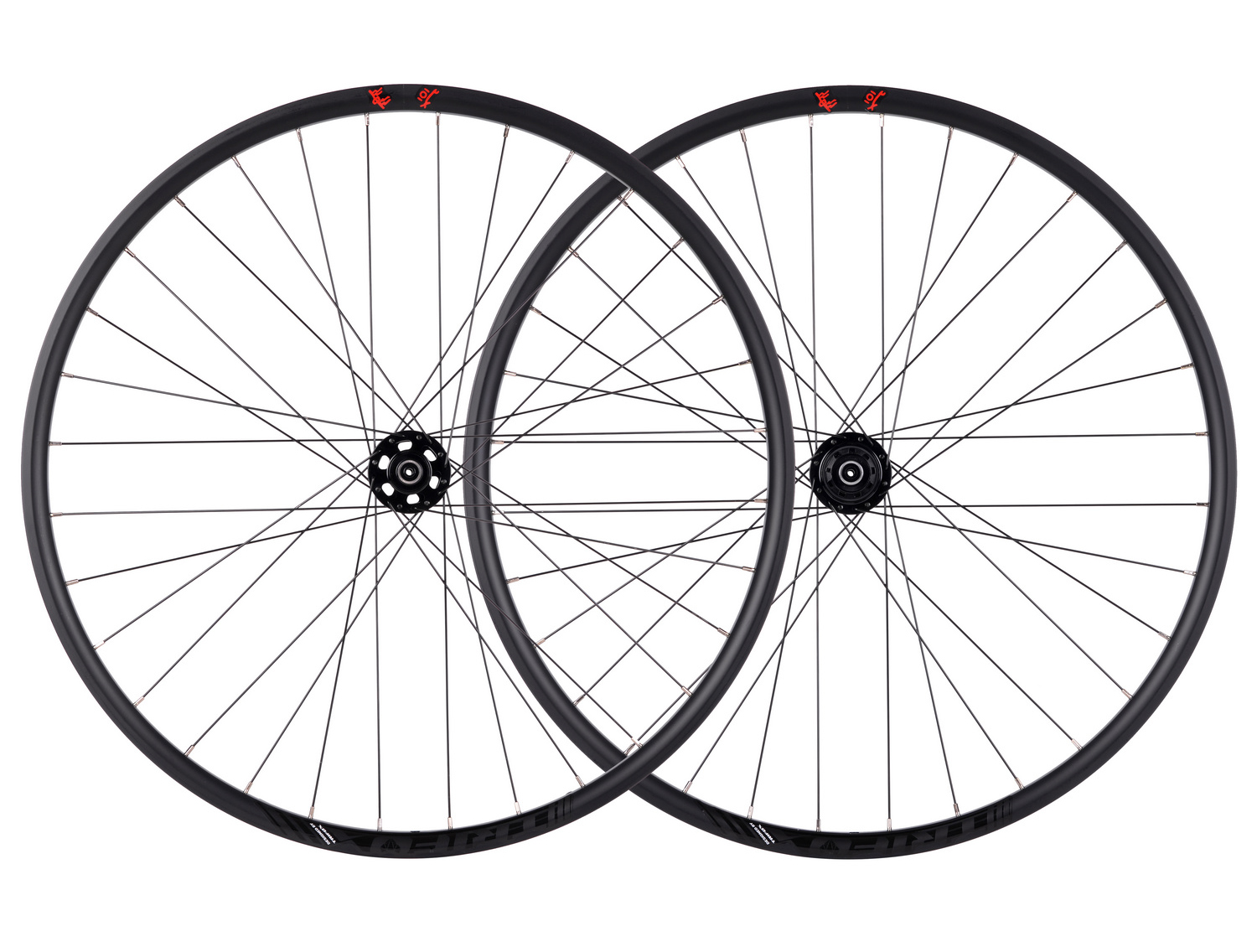
Conclusion
Upgrading to and maintaining high-quality disc brake wheels, like those available from Trifox Bike, can enhance your cycling experience by improving performance and reliability. By understanding the installation process and following regular maintenance practices, you can ensure your wheels remain in top condition, providing you with safe and enjoyable rides for years to come.
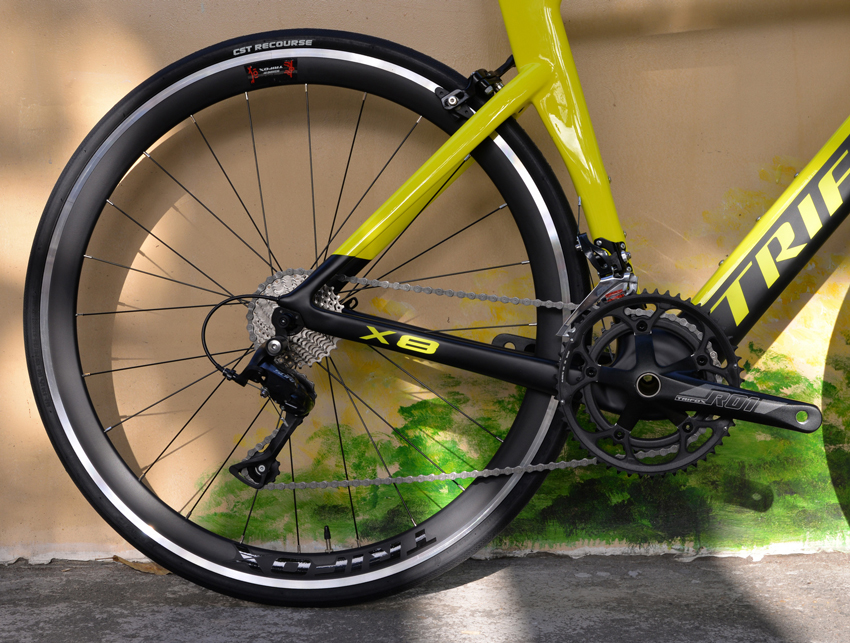
In the world of cycling, speed enthusiasts and competitive racers are always on the hunt for equipment that can give them an edge. Among the many components that can impact performance, aero road wheels stand out as a potentially transformative upgrade.
But are they the secret to boosting your cycling speed? Let's delve into the benefits of these wheels and explore how they can enhance your ride.
Aero road wheels are specifically designed to reduce aerodynamic drag, which is the force opposing a cyclist's forward motion. By minimizing this resistance, aero wheels help maintain higher speeds with less effort.
The key to their effectiveness lies in their deep-section rims, which cut through the air more efficiently than standard wheels. This design reduces the vortex effect, where turbulence is created behind the wheel, slowing you down. Instead, the streamlined shape of aero wheels allows for smoother airflow, enabling cyclists to conserve energy and maintain momentum.
The use of carbon fiber in aero wheels further enhances their performance. Carbon fiber is renowned for its lightweight and strong properties, making it an ideal material for wheel construction.
Trifox's carbon road bike wheels exemplify these advantages, providing a sturdy yet featherlight option that significantly improves acceleration and climbing efficiency. The decreased weight means less rotational mass, allowing for quicker acceleration and easier maintenance of high speeds.
For competitive cyclists, every second counts. Aero road wheels offer a measurable advantage in time trials and race situations, where slicing through the air can mean the difference between winning and losing. The aerodynamic benefits become even more pronounced at higher speeds, making these wheels a coveted choice for those looking to improve their competitive edge.
However, it's important to choose the right wheelset for your specific cycling goals. While aero wheels shine on flat courses and in windy conditions, riders who frequently tackle steep climbs may prioritize weight over aerodynamics. Thus, understanding your riding style and the typical terrain you encounter is crucial when selecting the perfect wheelset.

Aero road wheels can indeed be a game-changer for speed enthusiasts. By reducing drag and utilizing lightweight carbon construction, they offer an effective means to boost cycling speed and performance.
Whether you're a dedicated racer or a casual rider seeking to elevate your cycling experience, investing in a quality set of aero wheels like those from Trifox could be the key to unlocking new levels of speed on the road. Ultimately, these wheels provide more than just an aerodynamic advantage—they offer the potential to transform how you ride and race.
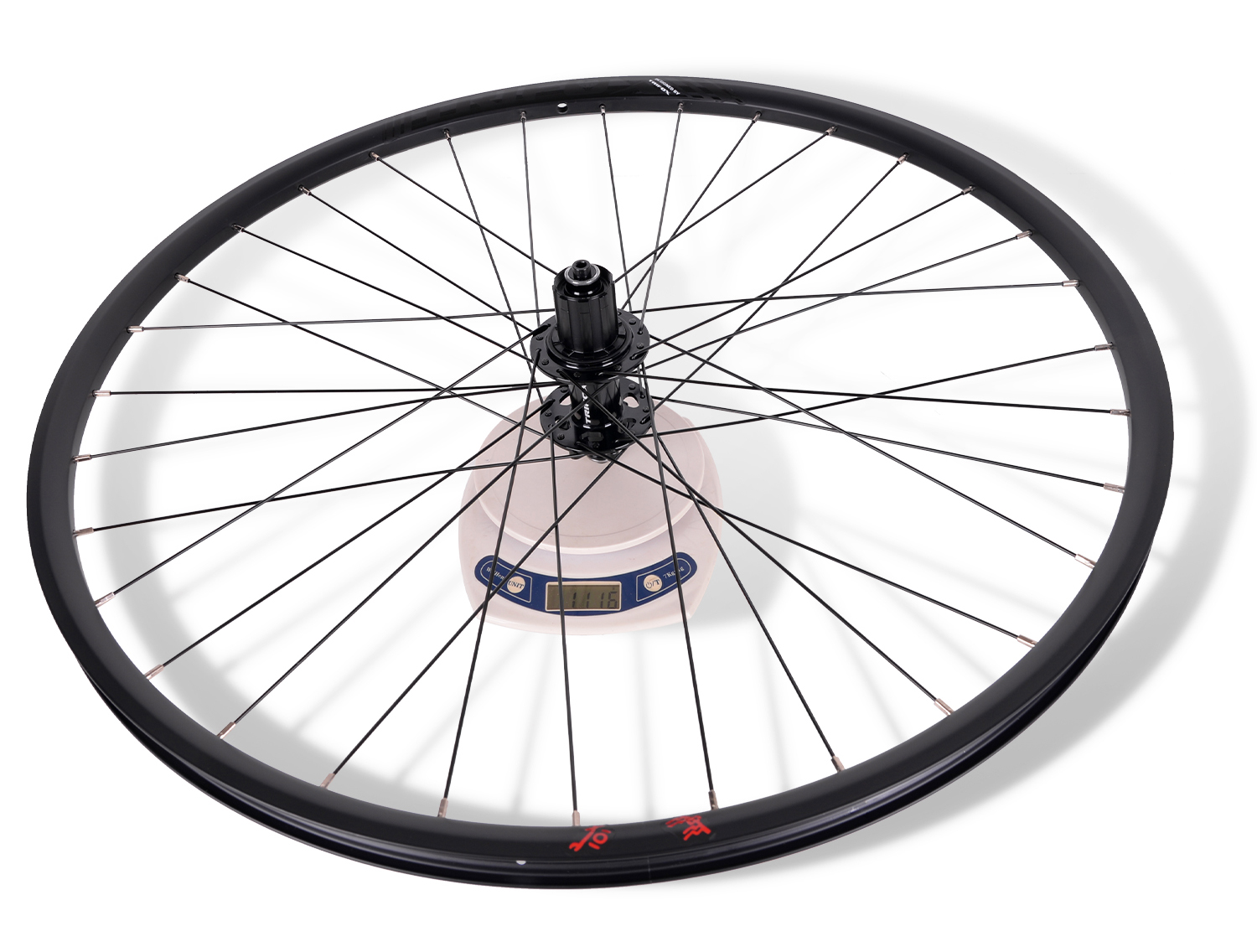
Choosing the right bicycle wheelset can significantly influence your cycling performance and overall riding experience. When considering a new wheelset, several key factors come into play, including material, weight, aerodynamics, and brake compatibility. Each of these elements contributes to how the wheels will perform under different conditions.
Material is a crucial consideration. Carbon fiber has become the material of choice for many cyclists due to its excellent strength-to-weight ratio.
Carbon wheelsets, like those offered by Trifox, provide a lightweight option that enhances speed and acceleration. The reduction in weight means less effort is required to maintain speed, making these wheels ideal for both competitive racing and long-distance rides. Additionally, carbon fiber's inherent stiffness improves power transfer, ensuring that each pedal stroke results in forward momentum.
Weight is another critical factor. Lighter wheels can make a substantial difference, especially when climbing or accelerating. The less rotational mass there is, the easier it is to get the wheels spinning and to keep them spinning, which can lead to improved performance and reduced fatigue over long distances.
Aerodynamics also play a vital role, particularly for road cyclists focused on speed. Deep-section rims, often found in carbon wheelsets, help reduce air resistance, allowing for faster riding with less effort. This aerodynamic advantage becomes increasingly important in time trials and race situations where every second counts.
Brake compatibility is a practical consideration that must not be overlooked. Wheelsets come with different braking systems, typically designed for either disc brakes or traditional rim brakes. Trifox's carbon road bike wheels, for instance, offer compatibility with both disc and V brakes, providing versatility for different bike setups. Choosing the right brake compatibility ensures better performance and safety, particularly in varying weather conditions.
When selecting a wheelset, it’s essential to match it to your specific cycling needs and style. For instance, if you primarily ride on flat roads and focus on speed, an aerodynamic wheelset may be more beneficial. Alternatively, if you're an avid climber, a lighter wheelset could better suit your needs.
Using Trifox’s carbon road bike wheels as an example, these wheelsets offer a blend of advanced features that cater to various cycling disciplines. The use of carbon fiber not only provides a lightweight solution but also enhances durability, ensuring the wheels can withstand rigorous use. The aerodynamic design aids in maintaining higher speeds with less effort, making them a smart choice for those looking to upgrade their performance.
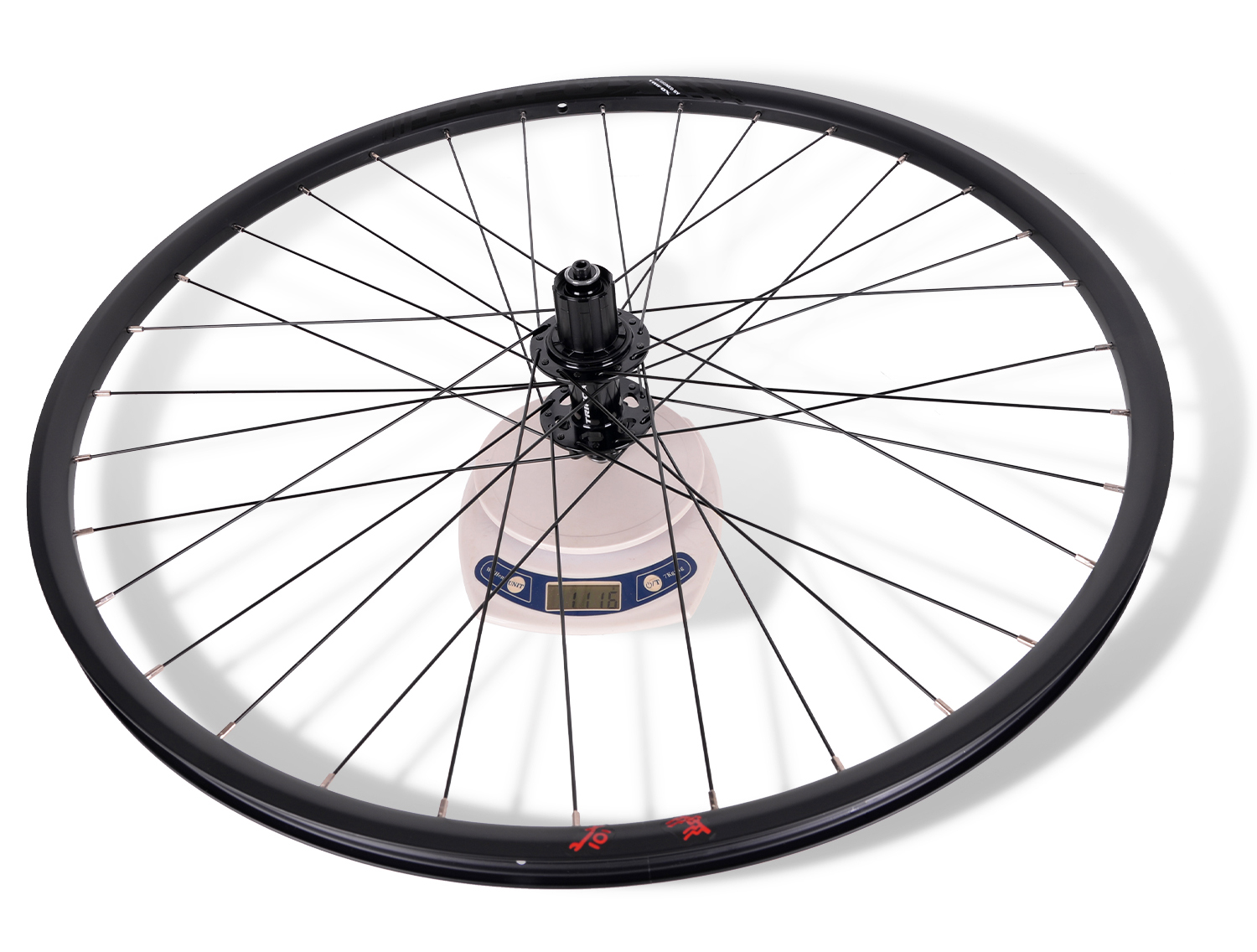
In conclusion, choosing the perfect bicycle wheelset involves a balance of material, weight, aerodynamics, and brake compatibility. By considering these factors and how they align with your cycling objectives, you can select a wheelset that enhances your performance, speed, and overall cycling experience. Whether you’re a competitive racer or a weekend warrior, the right wheelset can make all the difference in achieving your cycling goals.
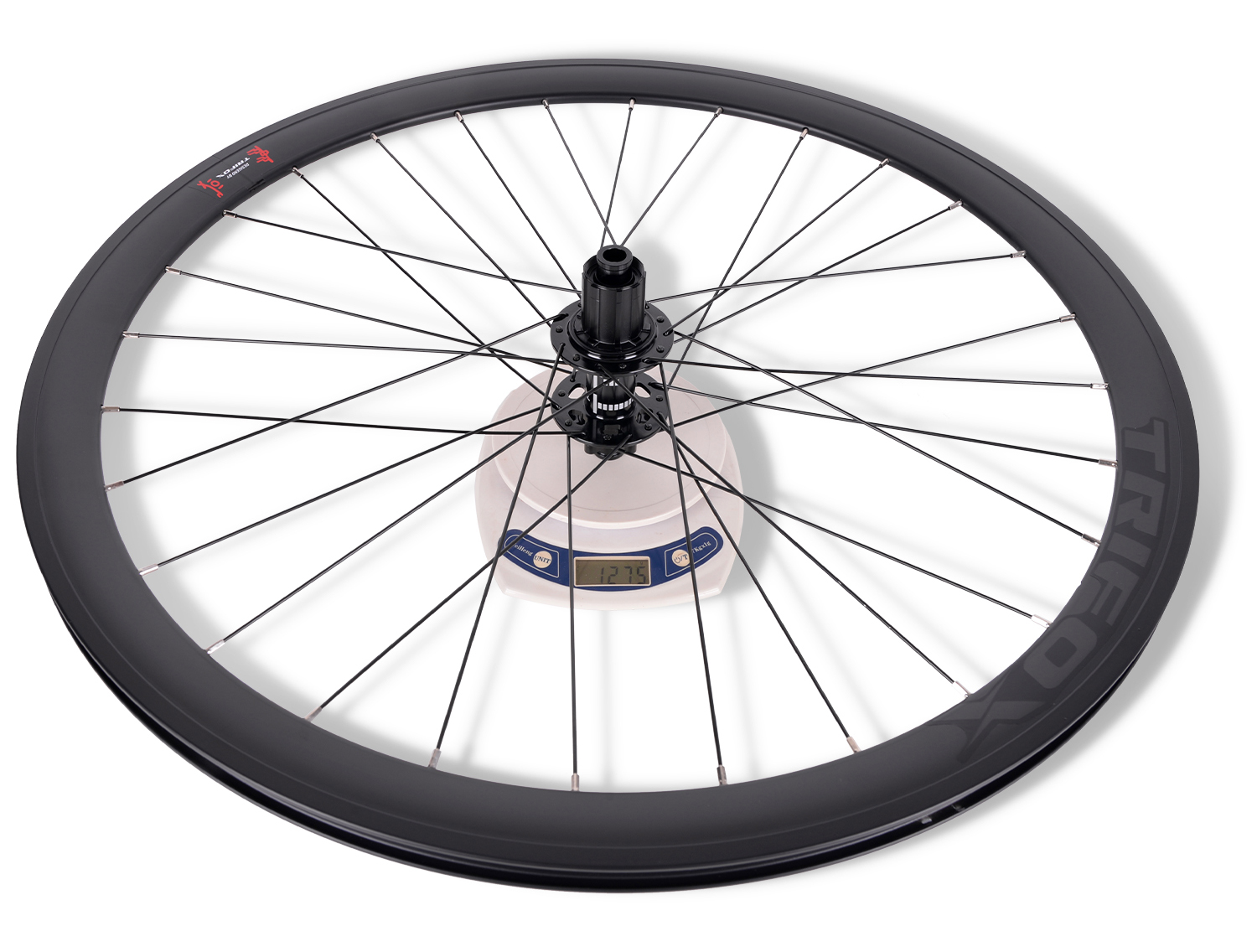
Upgrading your road bike's wheelset can significantly enhance your cycling performance, providing not only improved speed and efficiency but also better handling and ride quality. A well-chosen wheelset upgrade can be one of the most impactful modifications you make to your bike, transforming your riding experience.
Benefits of Upgrading Your Wheelset:
1. Increased Speed and Efficiency: Lighter wheels reduce rotational weight, making it easier to accelerate and maintain speed. Aerodynamic wheelsets minimize air resistance, allowing for smoother, faster rides.
2. Enhanced Ride Quality: High-quality wheelsets offer better responsiveness and smoother handling. They can absorb road vibrations more effectively, leading to a more comfortable ride over long distances.
3. Improved Durability: Upgrading to a robust wheelset ensures greater reliability and longevity, especially crucial for riders tackling various terrains and conditions.
Key Factors to Consider When Choosing a New Wheelset:
1. Material: Wheelsets are commonly made from carbon or alloy. Carbon wheels are lighter and more aerodynamic, ideal for competitive cyclists. Alloy wheels, such as those from TRIFOXBIKE, offer a great balance of performance and affordability, making them a favorite among many cyclists.
2. Rim Depth: Deeper rims provide aerodynamic benefits, making them suitable for flat terrains and time trials. However, they may be susceptible to crosswinds. Shallower rims are more versatile and handle better in varied conditions.
3. Spoke Count and Pattern: More spokes generally mean a stronger wheel, which is beneficial for heavier riders or rough terrain. The pattern and tension affect wheel strength and aerodynamics.
4. Compatibility: Ensure the new wheelset is compatible with your existing bike components, such as the cassette and brakes (rim or disc).
Tips for Installation and Maintenance:
1. Professional Installation: Have your new wheelset installed by a professional or follow detailed instructions to ensure proper alignment and tension, which are critical for performance and safety.
2. Regular Maintenance: Keep your wheels clean and free of debris. Regularly inspect for any signs of wear or damage, and ensure spokes are properly tensioned.
3. Tire Pressure: Maintain optimal tire pressure for your new wheels to enhance performance and prevent flats.

TRIFOXBIKE's alloy road wheels are an excellent example of a high-quality upgrade. Designed for reliability and performance, these wheels can elevate your cycling experience significantly. To explore TRIFOXBIKE's alloy road wheels and find the perfect fit for your cycling needs, visit their product page: TRIFOXBIKE Alloy Road Wheels.
By carefully selecting and maintaining your upgraded wheelset, you can enjoy a substantial boost in your road biking performance, making every ride faster, smoother, and more enjoyable.
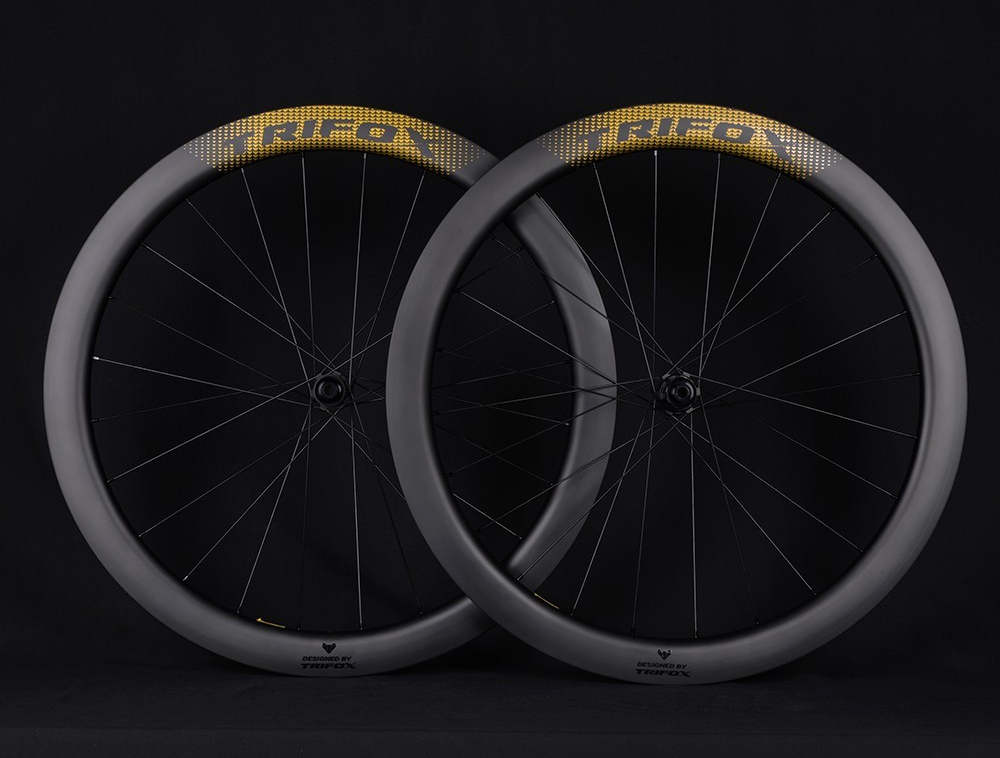
Choosing the best carbon rim brake wheels is essential for cyclists aiming to elevate their performance. Carbon wheels offer numerous advantages that can significantly impact your ride, providing a balance of speed, control, and durability.
1. Advantages of Carbon Rim Brake Wheels:
Carbon wheels are prized for their lightweight properties, which enhance acceleration and climbing efficiency. The material's rigidity improves power transfer, ensuring that each pedal stroke propels you forward with minimal energy loss.
Additionally, carbon's aerodynamic capabilities reduce drag, allowing for faster speeds on flat terrains and descents. This combination of lightweight and aerodynamic features makes carbon wheels ideal for competitive racing and long-distance rides.
2. Factors to Consider:
When selecting carbon rim brake wheels, several factors should be considered:
Weight: Lighter wheels reduce the rotational mass, improving acceleration and making the bike more agile. This is crucial in races where quick speed changes are necessary.
Aerodynamics: Look for wheels with deep-section rims to reduce air resistance. This feature is particularly beneficial for time trials and flat courses.
Braking Performance: Ensure the carbon wheels come with a high-quality braking surface. This is essential for rim brake systems to provide consistent stopping power, especially in wet conditions. Some carbon wheels feature textured braking surfaces to enhance grip.
Durability: Carbon wheels should be robust enough to withstand the rigors of road cycling. Choose wheels that have been tested for impact resistance to ensure longevity.
3. Enhancing Cycling Performance:
Carbon rim brake wheels can transform your cycling experience by providing a smoother, faster, and more efficient ride. The reduction in weight allows for quicker accelerations, while the aerodynamic design helps maintain high speeds with less effort. This efficiency is vital for endurance rides, where conserving energy can make a significant difference.

TRIFOXBIKE's carbon road bike wheels exemplify these benefits. Designed with precision, they offer remarkable aerodynamics and lightweight characteristics tailored to enhance performance. Their wheels are crafted to ensure optimal power transfer and reliable braking, making them a superb choice for cyclists aiming to reach new heights in their performance.
To explore TRIFOXBIKE's carbon road bike wheels and discover how they can enhance your cycling performance, visit their product page: TRIFOXBIKE Carbon Road Bike Wheels. Investing in high-quality carbon wheels can provide the edge you need to surpass your personal bests and achieve superior cycling performance.

























































